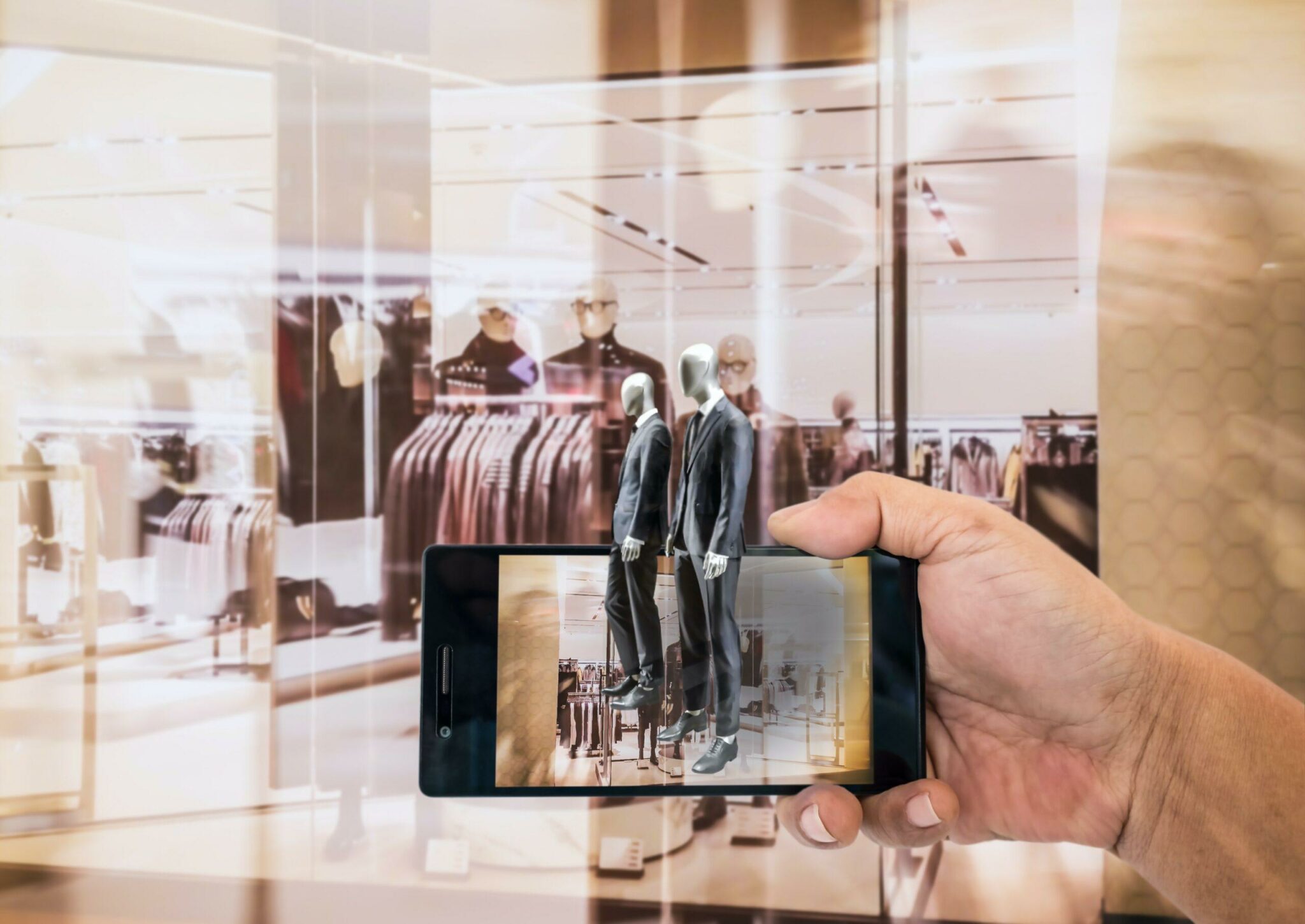Retail in 2023

After the overall decline in retail sales in 2020 and 2021 caused by the pandemic, much hope was placed on 2022 returning to something close to pre-pandemic normality. But due to the unstable geopolitical situation and the sharp rise in the cost of living, new challenges have been added to the problems caused by the pandemic. In 2022, rising costs of living weighed on consumer demand, especially in the second half of the year. At the same time, the cost of doing business has risen sharply, driven by inflation in the supply chain. To survive in 2023 and remain competitive, retailers will need to pay close attention to key industry trends that impact how consumers choose products, shop and interact with retailers.
In 2023, retailers will have to strike a balance between focusing on traditionally low-margin essential goods and making a special effort to maintain volumes in all other categories, with the understanding that the current economic climate will inevitably reduce demand for them. Finding that balance will depend on a number of different tactics, from better inventory and assortment management to more personalized communication with your customer.
GROWTH OF THE MARKET FOR USED GOODS
One result of inflation and consumers' growing propensity to cut costs is the growth of the second-hand goods market. This may also include products that can be repaired, refilled, refurbished or recycled. In 2021, the global used clothing market was valued at US$96 billion. This figure is projected to grow rapidly in the coming years, more than doubling from 2021 to 2025 before reaching $218 billion in 2026. https://www.statista.com/statistics/826162/apparel-resale-market-value-worldwide/
With a growing number of platforms offering second-hand goods and the proliferation of technology that makes it easier to sell pre-owned items from premium brands, this is one area that will thrive in 2023.
DISTRIBUTION OF NEW FORMATS
Mini stores or small format stores
This type of store solves the problem of reducing operating costs. These stores are usually less than 500 square meters in size and offer a limited selection.
Many small format stores focus on a specific product category, such as cosmetics or household goods. This simplifies assortment management and provides a more personalized approach to customer needs.
Small format stores are also being used by large retailers as they seek to reduce physical space. This shift is being driven by a number of factors, including the rise of online shopping and the growing popularity of convenience stores.
There are several key benefits that small format stores offer:
- Reducing physical space allows us to maintain a presence in key markets.
- In the fast-paced world of retail, small stores offer greater flexibility and sustainability than larger formats due to their lower transaction costs and relatively simpler assortments.
- With a small format of stores within walking distance, it is easier to form a regular contingent of customers and organize a personalized shopping experience for them. This is something that many buyers increasingly value.
Overall, small stores are quickly becoming an important part of the retail industry and their role will continue to grow.
Temporary stores
Another popular trend in retail is pop-up stores. These are temporary marketplaces that are typically used to promote a new product or brand. They are usually found in high traffic areas such as shopping malls or busy city streets. Pop-up stores can also be used as a way to test out a new concept or location before committing to a long-term lease. Retailers also use this format to attract customers as part of marketing campaigns.
Shop within a shop
In recent years, there has been a trend toward so-called “stores within stores”—retail stores within larger stores. This format has a number of benefits for both retailers and consumers.
For retailers, store-within-a-store offers the opportunity to increase foot traffic and attract potential customers who might not otherwise enter the store. They also provide the opportunity to test new products and concepts without the risk of opening a separate store. And in many cases, opening stores within stores is less expensive than setting up stand-alone stores.
For consumers, store-in-store offers a convenient way to browse and buy products from multiple retailers in one place.
Some of the successful store formats have been launched by online retailers seeking to establish a presence in brick-and-mortar stores. Others were created by established retailers looking to reach a new customer base or enter a new market segment. Either way, in-store shopping will likely continue to grow in popularity in the coming years.
EXPERIENCE AND EXPERTISE AS TOOLS FOR ATTRACTING CLIENTS
As brick-and-mortar stores face increasing competition from online retailers, many are looking to take advantage of face-to-face interactions with customers. Here are some of these features worth looking into:
Expert consultations: Today, many stores include features that allow customers to interact with experts in various fields. For example, these could be makeup consultants in cosmetic stores, complex technical products and services in hardware and DIY stores, styling consultants in clothing stores, and so on.
Use of multifunctional rooms: hTo make the most of limited space, many retailers are creating multifunctional spaces in their stores. For example, some retailers combine retail space with cafes or bars, giving customers the opportunity to relax and unwind while they shop and spend more time in the retail area.
Elements of direct product experience and training: ethat type of store offerinteractive communication with customers with a focus on service. Such formats promise buyers specialized, in-person experiences and training. High levels of service are designed to drive traffic, and “experiences” also serve as physical marketing—embodying a particular brand’s message. The format is rapidly gaining traction among sports retail brands that offer on-premises workouts and sports campaigns. An example is Nike, which opened its first House of Innovation stores in 2018, focused on service and experience. The stores feature an "Expert Studio" where shoppers can make appointments for training or style tips, as well as immersive displays of the latest Nike apparel, a "Sneaker Lab" shoe library and the ability to make custom orders.
SHOPPING WITH TECHNOLOGY
In addition to expert assistance, shoppers are also looking for a more convenient and efficient shopping experience. To meet this demand, retailers are using technology to streamline the process, from self-checkout and digital signage to app ordering and virtual reality.
Stores with augmented reality (AR). AR technology is being used by some retailers to create a more efficient product selection process for shoppers. For example, IKEA has developed an app that allows users to see how furniture would look in their home before making a purchase.
WITHself-service. AI-powered self-checkout systems are becoming increasingly common in retail stores as they reduce queues and improve customer satisfaction. Amazon Go is one of the most famous examples of this type of store, using AI to track what items customers buy and automatically charging for their purchases when they leave.
Personal recommendations. Many online retailers are using AI to provide customers with personalized product recommendations, and the same technology is now being used in brick-and-mortar stores as well. For example, Sephora has introduced "smart mirrors" in some of its stores that use artificial intelligence to provide users with personalized makeup recommendations based on their skin tone and style preferences.
Remote customer service: To provide the best possible customer experience, retailers are using technology to connect employees and customers remotely in real time. For example, some stores have introduced apps that allow customers to ask a salesperson for help or get answers to their questions without waiting in line online.
With much of the world heading into recession in 2023, it's clear that retailers are in for another tough year. The key is to combine careful internal inventory and assortment management to tightly control operating profits. From a sales perspective, it is vital that retailers understand that their customers want value for money (which may not always mean buying the cheapest item), shop in a more interactive way and have a community experience that helps them feel part of something something more.
